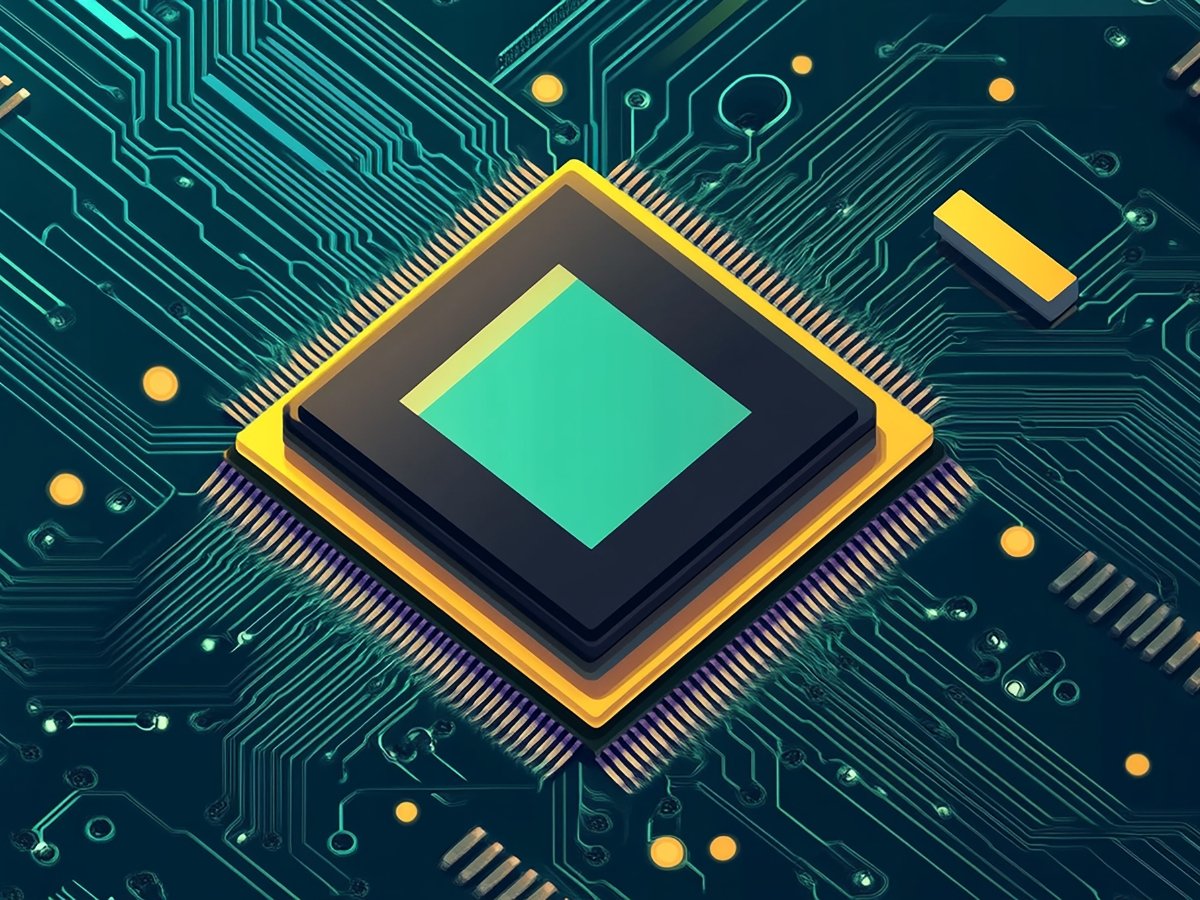In the world of VLSI design, ensuring a chip functions correctly after fabrication is just as important as designing it. That’s where DFT (Design for Testability) comes in.
As semiconductor complexity grows and technology nodes shrink, the role of DFT engineers has become mission-critical in every chip design team. With top companies like Intel, Qualcomm, and AMD actively hiring DFT engineers, mastering this domain can give your VLSI career a major boost.
In this guide, we’ll explain what DFT is, why it’s crucial, and how you can learn DFT from scratch to unlock high-growth career opportunities—with expert-backed training from MOSart Labs.
What is DFT (Design for Testability) in VLSI?
Design for Testability (DFT) is the process of adding test logic to a digital circuit to ensure every part of the chip can be tested after manufacturing.
Since modern chips have millions or even billions of transistors, manually checking each path isn’t possible. DFT makes it easy to identify:
- Manufacturing defects
- Faulty connections
- Timing issues
- Logic failures
DFT is not optional—it’s a mandatory part of the ASIC design flow.
Why Learn DFT? Career Benefits
High Demand Across the Semiconductor Industry
Every chip—from consumer electronics to automotive SoCs—requires DFT. Companies need engineers who can build highly testable designs to reduce defect rates and silicon failures.
Specialized Yet Scalable Skill
There are fewer DFT engineers compared to RTL or Verification, which means less competition and higher salary potential.
Core VLSI Job Role
Unlike support or embedded jobs, DFT engineers work on real chip architectures, directly contributing to silicon success.
Key DFT Concepts You Need to Learn
If you’re serious about entering the DFT domain, here are the fundamentals you must master:
1. Scan Insertion
Transforming flip-flops into scan cells so internal signals can be observed and controlled via test patterns.
2. ATPG (Automatic Test Pattern Generation)
Generating test vectors automatically to detect manufacturing faults.
3. Fault Models
Understand stuck-at faults, transition faults, bridging faults, etc.
4. JTAG (IEEE 1149.1) & Boundary Scan
Standard for testing interconnects between ICs using a common test interface.
5. Memory BIST (Built-in Self-Test)
Used to test embedded memories like SRAM and ROM blocks.
6. Logic BIST
Test logic functionality using self-contained circuits.
7. DFT Timing Constraints
Creating proper SDC files to avoid test logic affecting functional paths.
Tools You’ll Use in DFT
To get job-ready, you’ll need to work hands-on with industry-standard EDA tools such as:
| Tool | Purpose |
|---|---|
| Mentor Tessent | Scan insertion, ATPG, BIST |
| Synopsys DFT Compiler | Scan design and rule checks |
| Cadence Modus | Unified DFT flow |
| Verilog/SystemVerilog | RTL for test wrappers |
| TCL & Shell Scripting | Automation of test setup and flow |
How to Learn DFT from Scratch: Step-by-Step
Here’s a proven roadmap to start your DFT journey:
Step 1: Strengthen Digital Logic Basics
Revise concepts like flip-flops, FSMs, multiplexers, decoders, and counters—these are building blocks of test structures.
Step 2: Learn Verilog/SystemVerilog
You’ll need to modify RTL to insert test logic, so proficiency in Verilog is essential.
Step 3: Understand ASIC Design Flow
Get familiar with synthesis, STA, floorplanning, and netlist generation—DFT integrates with each of these stages.
Step 4: Take a Specialized DFT Course
Join a hands-on, tool-driven DFT course that covers scan insertion, ATPG, memory BIST, and post-silicon validation.
Step 5: Practice on Real Projects
Implement scan chains on sample designs, run ATPG simulations, and interpret coverage reports. Real-world practice is the key to mastery.
Learn DFT at MOSart Labs – The Industry Way
At MOSart Labs, our IIT Bhubaneswar-certified VLSI PG Diploma is designed to help freshers and working engineers become DFT job-ready through:
What You’ll Get:
- Live sessions with IIT & semiconductor industry experts
- Real projects with Synopsys, Cadence & Mentor tools
- End-to-end coverage: scan, ATPG, memory BIST, boundary scan
- Hands-on test generation, simulation, and coverage analysis
- 100% placement assistance with top semiconductor firms
Top DFT Job Roles You Can Target
With DFT training, you can apply for high-paying roles such as:
- DFT Engineer
- ASIC Design & Test Engineer
- Post-Silicon Validation Engineer
- Memory Test Engineer
- ATPG Engineer
- Recruiters Hiring DFT Talent:
- Intel, Qualcomm, Nvidia, Micron, AMD, Apple
- Indian design houses like Tata Elxsi, Wipro, MosChip, eInfochips
Final Thoughts
Design for Testability (DFT) is not just another skill—it’s a critical VLSI domain that ensures your chip survives the real world.
If you’re looking to:
- Break into core VLSI roles
- Work on real silicon design
- Get placed with top semiconductor giants
- Stand out with niche, high-demand skills
Then learning DFT is your smartest move.
With the right guidance, tools, and projects from MOSart Labs, you’ll be ready to lead in this domain—and build a stable, high-paying VLSI career.



